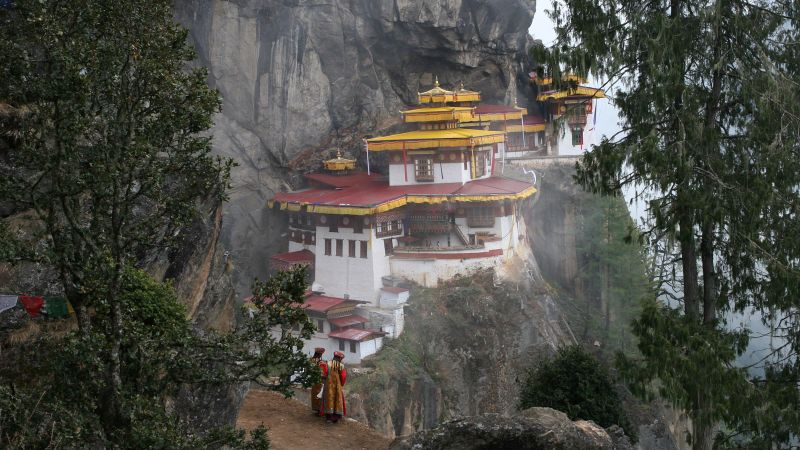Explore the Wonders of Bhutan with iBestTravel
Breathtaking Scenery
Bhutan’s landscape ranges from lush subtropical plains in the south to the majestic Himalayas in the north, where peaks rise to more than 7,000 meters (23,000 ft). Gangkhar Puensum, one of the highest unclimbed mountains in the world, beckons adventurers and nature lovers alike.

Laya Valley
The stunning Laya Valley is a remote region encircled by snow-capped mountains. Here, the Layap people lead a simple existence, adhering to traditional lifestyles without the frills of modern life.

Unique Local Culture
The Layap people are semi-nomadic herders reliant on their yaks for various necessities, including meat, cheese, and clothing. The women in this community often bear the heavy burden of labor.

Spiritual Heritage
Integral to Buddhism, practiced by nearly 75% of Bhutan’s population, prayer wheels adorned with symbols and mantras allow locals to recite prayers through spinning.

Punakha Valley
The tropical climate in the Himalayas of Bhutan creates an ideal environment for a diverse array of flora, including rhododendrons and cherry trees, enhancing the scenic beauty of the Punakha Valley. Formerly the country’s capital, it features the magnificent Punakha Dzong Monastery, built in 1637.

Accessibility and Attractions
To reach the Punakha Dzong Monastery, visitors and monks cross a historic 300-year-old wooden bridge, a moment that blends culture with breathtaking nature.

Traditional Dress
Bhutanese culture is also reflected in its traditional dress, worn proudly by the local population. Concerns regarding the erosion of Bhutanese values have led to the establishment of a dress code for various public settings.

Unexpected Attractions
Many homes in the Punakha Valley display unique phallic murals, a reflection of cultural traditions celebrating fertility. The temple of Chimi Lhakhang personifies these beliefs through its rich history, honoring a 16th-century Bhutanese saint.





